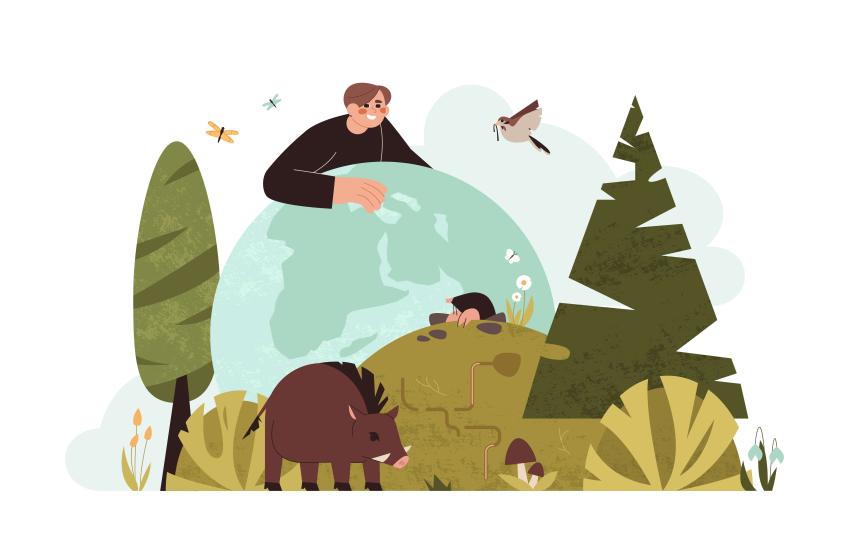Breadcrumb
-
Guidebook
-
Animals & wildlife
-
Power of Volunteerism: Safeguarding Endangered Species
Power of Volunteerism: Safeguarding Endangered Species

Volunteerism emerges as a powerful tool in safeguarding endangered species, providing a beacon of hope amidst the looming threat of biodiversity loss. Volunteers, through their unwavering dedication, magnify the voices of endangered species, drive trans-formative change, and foster connections between conservationists and communities. Whether actively involved in the field or raising awareness through digital platforms, each person can contribute to preserving the extraordinary variety of life on Earth. Let us unite in honoring and standing behind these unsung heroes of volunteerism, who work tirelessly to shield endangered species and pave the way for a sustainable future for generations ahead.
1. Advocacy and Awareness
By bringing attention to threatened and endangered species, volunteers serve as change agents. To raise awareness of the value of conservation, they arrange workshops, educational programs, and community outreach activities. Volunteers motivate others to act and take care of the environment by sharing information and success stories. Volunteers inspire a feeling of urgency and equip communities to conserve and restore environments via their enthusiasm and dedication.
2. Fieldwork and Habitat Restoration
Volunteer involvement in fieldwork and habitat restoration projects is vital for the protection of endangered species. These enthusiastic individuals willingly contribute their time and expertise in activities such as habitat cleanup, tree planting, and ecological monitoring. By engaging in hands-on conservation efforts, volunteers provide essential support to scientists and conservationists. They help restore degraded habitats, create corridors for migration, and enhance the overall resilience of ecosystems.
3. Wildlife Rehabilitation and Rescue
Volunteers also make a significant impact through their involvement in wildlife rehabilitation and rescue centers. These centers provide crucial care and support for injured, orphaned, or confiscated endangered animals. Skilled volunteers, working under the guidance of professionals, play a pivotal role in nursing animals back to health and preparing them for release into the wild. Their compassion and commitment contribute to the survival and recovery of endangered species, ensuring a second chance at life.
4. Citizen Science and Data Collection
In the age of technology, volunteers can harness the power of citizen science to collect valuable data on endangered species. Through initiatives like bird counts, species inventories, and tracking programs, volunteers contribute to scientific research and monitoring efforts. By gathering and sharing data, they provide scientists with a broader understanding of population trends, distribution patterns, and ecological changes. This collaborative approach aids in effective conservation planning and policy development.
5. Community Engagement and Sustainable Practices:
Volunteers foster community engagement by promoting sustainable practices that benefit both people and endangered species. They organize workshops on eco-friendly farming techniques, responsible tourism, and alternative livelihood options for local communities. By highlighting the interconnections between human well-being and biodiversity, volunteers inspire individuals to embrace sustainable lifestyles. Empowering communities to adopt practices that reduce habitat destruction, pollution, and over-consumption creates a positive ripple effect for endangered species conservation.

